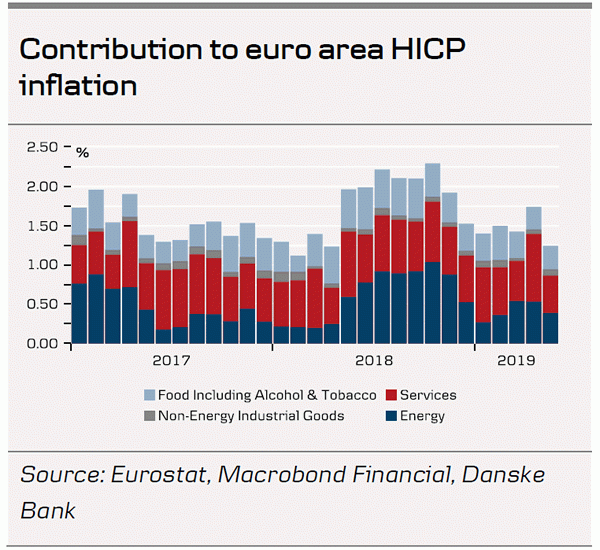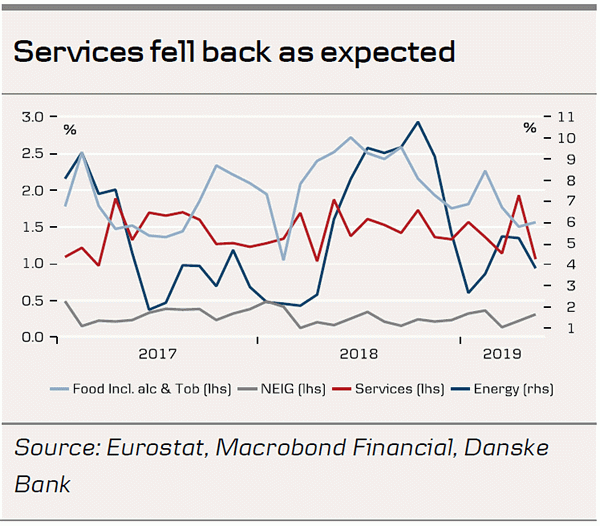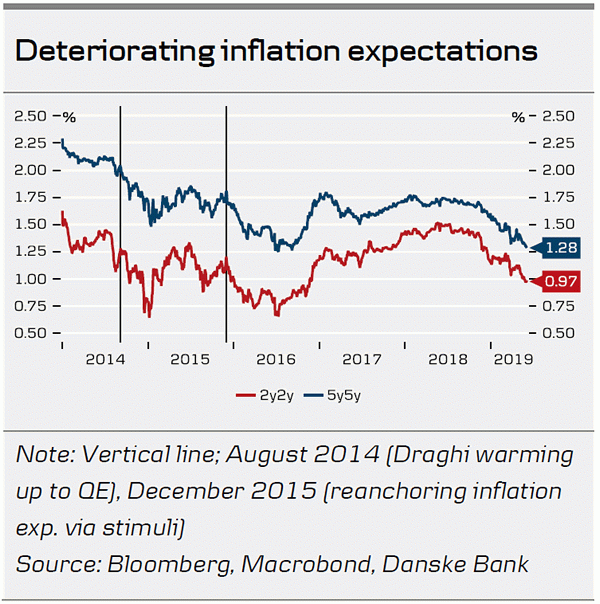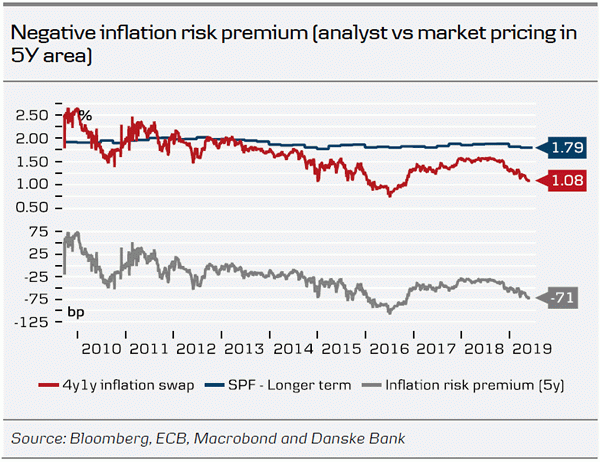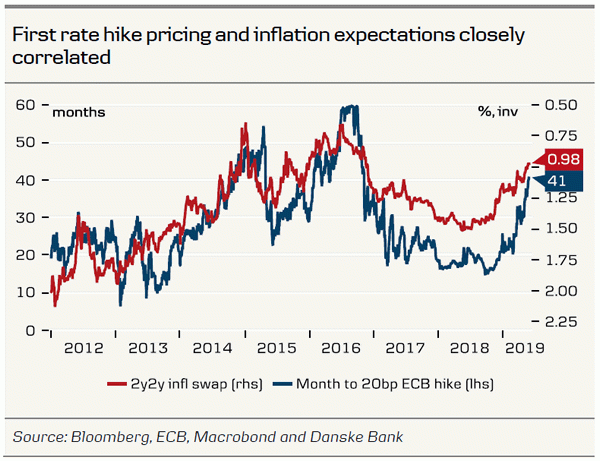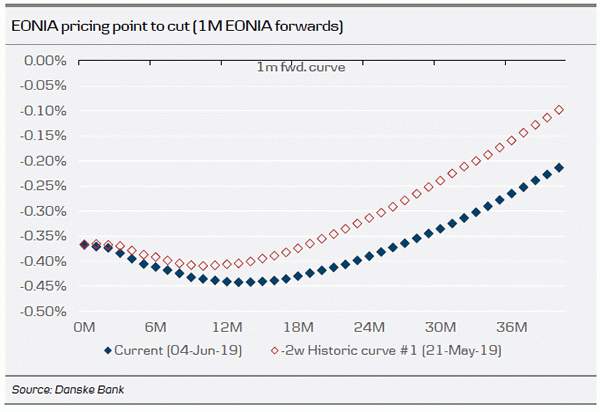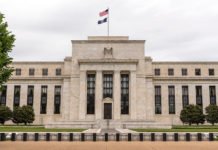- Today’s euro area inflation print came in below our estimate and market consensus at only 0.8% (1.3% in April). Headline inflation was 1.2%. We expect core inflation to rebound to 1.0% in June.
- We do not throw in the towel on our relatively upbeat inflation projections for this year, as we continue to find reasons to expect core inflation to trend gradually upwards towards year-end, albeit we acknowledge downside risks to our inflation forecast as outlined in Euro Area Research – Inflation under the microscope: simmering, not boiling, 13 May.
- We expect the ECB to reflect on the new information but believe it is unlikely to change its monetary policy stance ahead of the meeting on Thursday. While previously inflation pricing and first rate hike pricing have been correlated, the market discussion focuses on an ECB cut.
Base effect in the driver’s seat – details yet to be released
The May core inflation figure was already expected to decline from the high 1.29% in April due to the timing of Easter but we were surprised with the low 0.79% reading. Base effects from, for example, Whitsun is likely to have been a drag in May. While the full details of the May print have not been released yet, we note that at the aggregate level the main driver for the decline in core inflation was the services component (as expected) as it fell back to 1.06% from 1.93%, probably weighed down by a reversal in the holiday and package component. Non-energy industrial goods rose marginally from 0.22% in April to 0.31% in May. The volatile food component was marginally higher at 1.56%, while the energy price component declined from 5.27% in April to 3.84% in May.
As a result, and unsurprisingly, the headline inflation print declined from 1.72% to 1.24%, driven mainly by the services component in core and energy.
ECB set to be worried but not to change stance
In our opinion, President Mario Draghi and the ECB will have to walk a tightrope at the upcoming meeting on Thursday. The May inflation print is on the low side compared with expectations despite the decline being attributed to base effects. Therefore, the ECB may want to see a ‘clearer’ underlying inflation print in late June before changing its stance. However, the recent print, combined with deteriorating inflation expectations, is concerning and we expect Draghi to face questions on this at the Q&A session on Thursday.
The 5Y5Y and 2Y2Y inflation swap is trading close to an all-time low. The ECB has previously stepped up its policy stimuli when inflation expectations were at much higher levels, which has led to the market speculating about the next stimuli measure. Most prominently, the 5Y5Y inflation expectation was just below 2% when Mario Draghi warmed up to QE in August 2014, which is well above the 1.28% at the time of writing – only 3bp above the all-time low. Recently, when 5Y5Y inflation was trading at these levels, the ECB bought EUR80bn per month as part of its APP.
However, the ECB’s gauge of inflation risk premium continues to decline (currently around 70bp in the 5Y area). We also note the historically rather strong correlation between the market pricing of the first rate hike and that the inflation swap continues despite the focus having been on rate cuts rather than on any tightening of policy stance.




